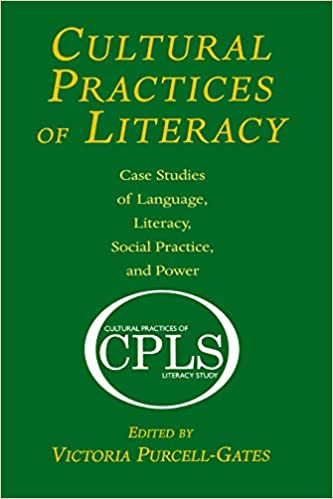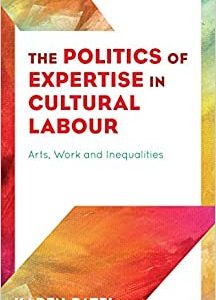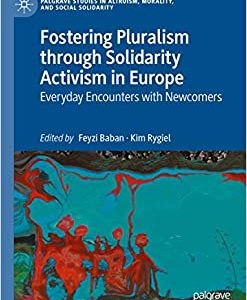This volume presents case studies of literacy practices as shaped by culture, language, community, and power. Covering a range of contexts and exploring a number of relevant dimensions in the evolving picture of literacy as situated, multiple, and social, the studies are grouped around four overarching themes:
*Language, Literacy, and Hegemony;
*The Immigrant Experience: Language, Literacies, and Identities;
*Literacies In-/Out-of-School and On the Borders; and
*New Pedagogies for New Literacies.
It is now generally recognized that literacy is multiple and woven within the sociocultural lives of communities, but what is not yet fully understood is how it is multiple–how this multiplicity plays out across and within differing sociocultural contexts. Such understanding is critical for crafting school literacy practices in response to the different literacy sets brought to school by different learners. Toward this end it is necessary to know what those sets are composed of. Each of the case studies contributes to building this knowledge in new and interesting ways. As a whole the book provides a rich and complex portrait of literacy-in-use.
Cultural Practices of Literacy: Case Studies of Language, Literacy, Social Practice, and Power advances sociocultural research and theory pertaining to literacy development as it occurs across school and community boundaries and cultural contexts and in and out of school. It is intended for researchers, students, professionals across the field of literacy studies and schooling, including specialists in family literacy, community literacy, adult literacy, critical language studies, multiliteracies, youth literacy, international education, English as a second language, language and social policy, and global literacy.
*Language, Literacy, and Hegemony;
*The Immigrant Experience: Language, Literacies, and Identities;
*Literacies In-/Out-of-School and On the Borders; and
*New Pedagogies for New Literacies.
It is now generally recognized that literacy is multiple and woven within the sociocultural lives of communities, but what is not yet fully understood is how it is multiple–how this multiplicity plays out across and within differing sociocultural contexts. Such understanding is critical for crafting school literacy practices in response to the different literacy sets brought to school by different learners. Toward this end it is necessary to know what those sets are composed of. Each of the case studies contributes to building this knowledge in new and interesting ways. As a whole the book provides a rich and complex portrait of literacy-in-use.
Cultural Practices of Literacy: Case Studies of Language, Literacy, Social Practice, and Power advances sociocultural research and theory pertaining to literacy development as it occurs across school and community boundaries and cultural contexts and in and out of school. It is intended for researchers, students, professionals across the field of literacy studies and schooling, including specialists in family literacy, community literacy, adult literacy, critical language studies, multiliteracies, youth literacy, international education, English as a second language, language and social policy, and global literacy.











